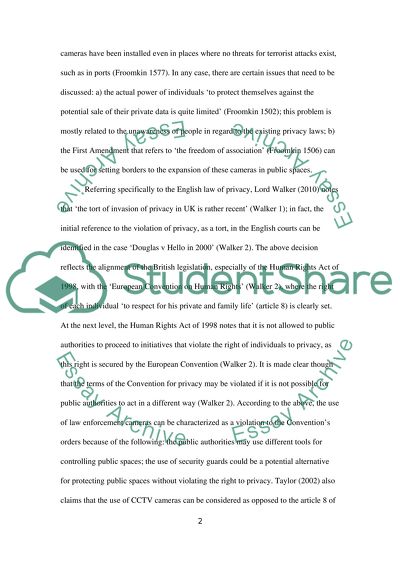Cite this document
(“Based on Epistomological research- Are law enforcement cameras an Research Paper”, n.d.)
Based on Epistomological research- Are law enforcement cameras an Research Paper. Retrieved from https://studentshare.org/information-technology/1481432-based-on-epistomological-research-are-law
Based on Epistomological research- Are law enforcement cameras an Research Paper. Retrieved from https://studentshare.org/information-technology/1481432-based-on-epistomological-research-are-law
(Based on Epistomological Research- Are Law Enforcement Cameras an Research Paper)
Based on Epistomological Research- Are Law Enforcement Cameras an Research Paper. https://studentshare.org/information-technology/1481432-based-on-epistomological-research-are-law.
Based on Epistomological Research- Are Law Enforcement Cameras an Research Paper. https://studentshare.org/information-technology/1481432-based-on-epistomological-research-are-law.
“Based on Epistomological Research- Are Law Enforcement Cameras an Research Paper”, n.d. https://studentshare.org/information-technology/1481432-based-on-epistomological-research-are-law.


